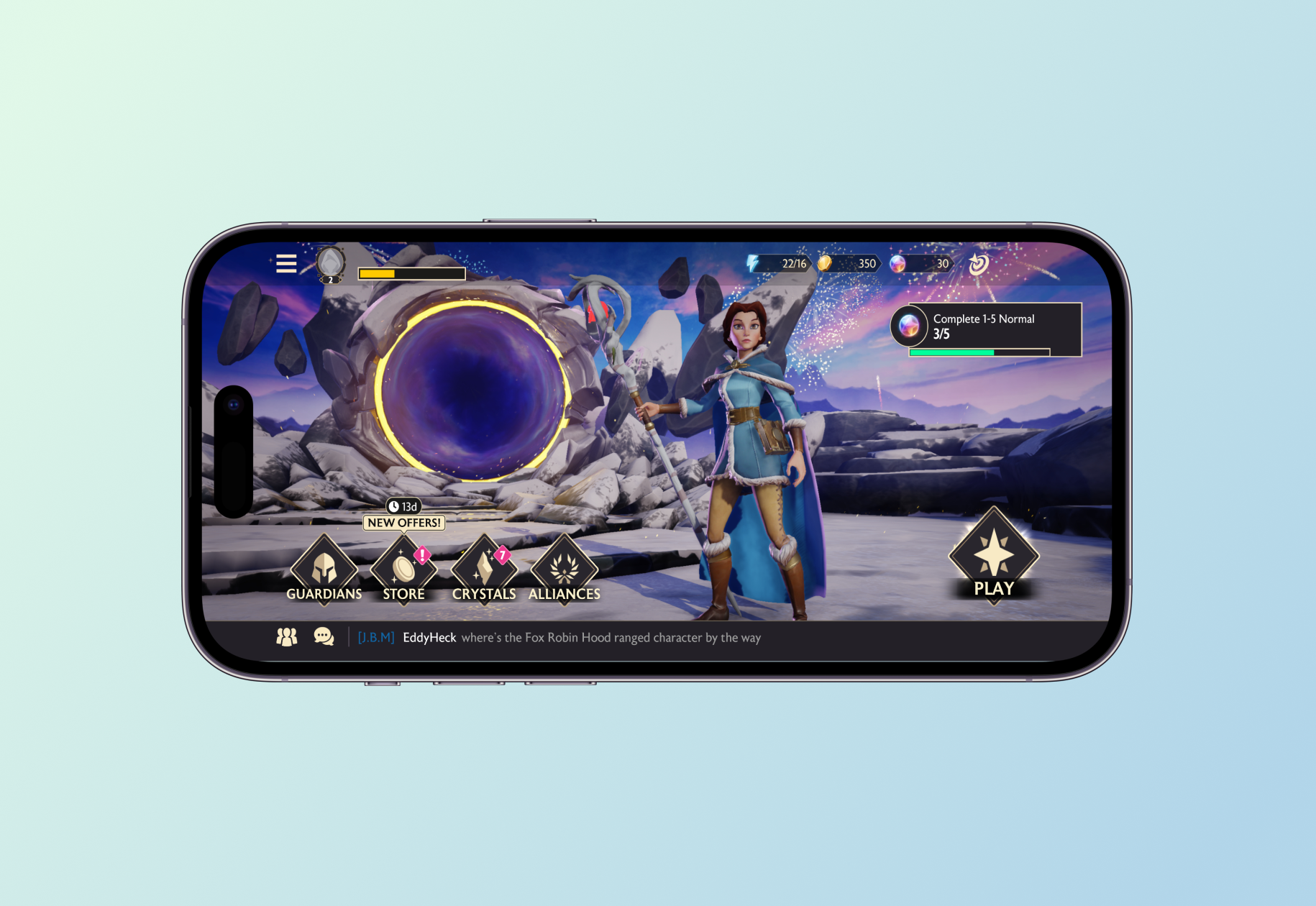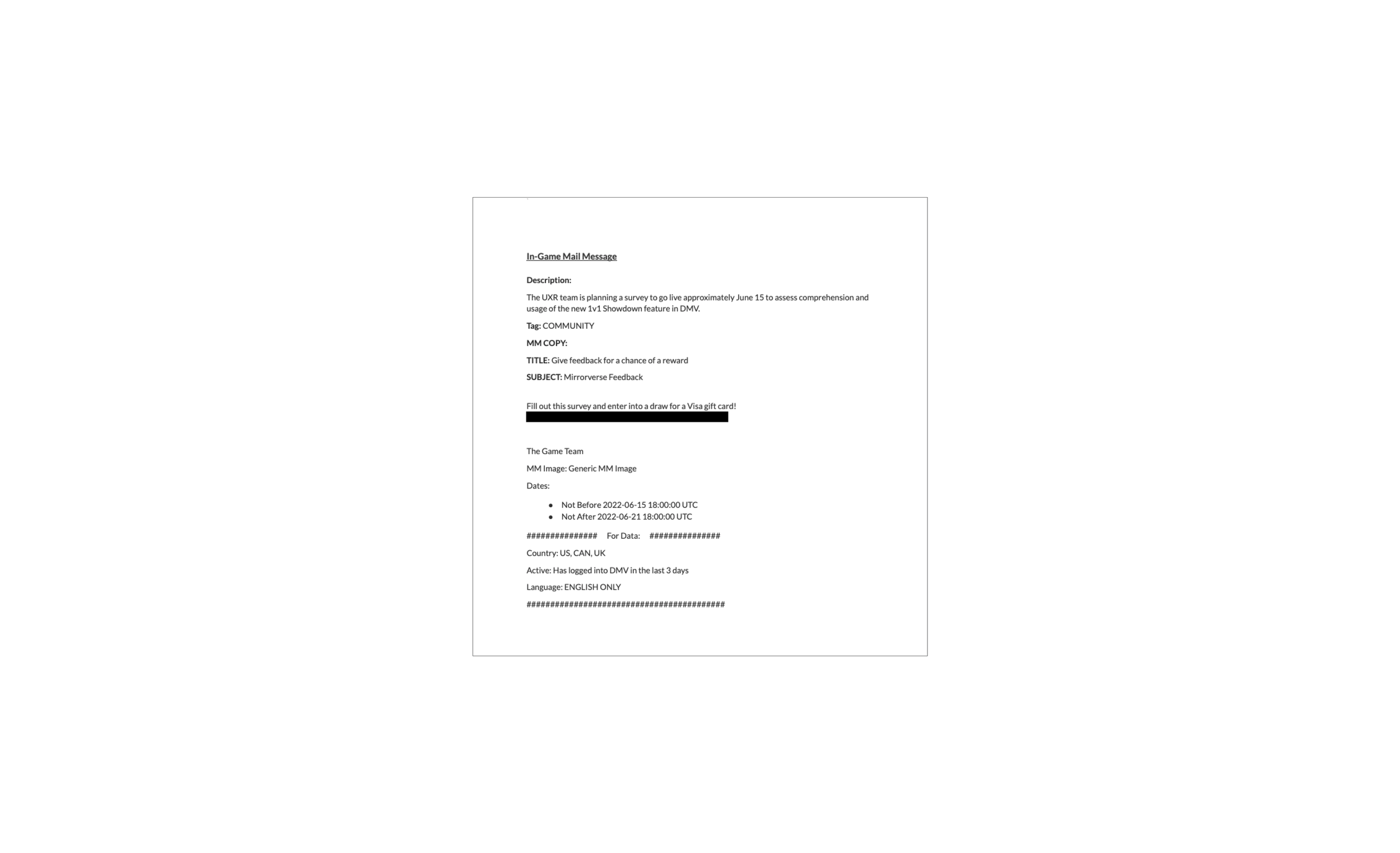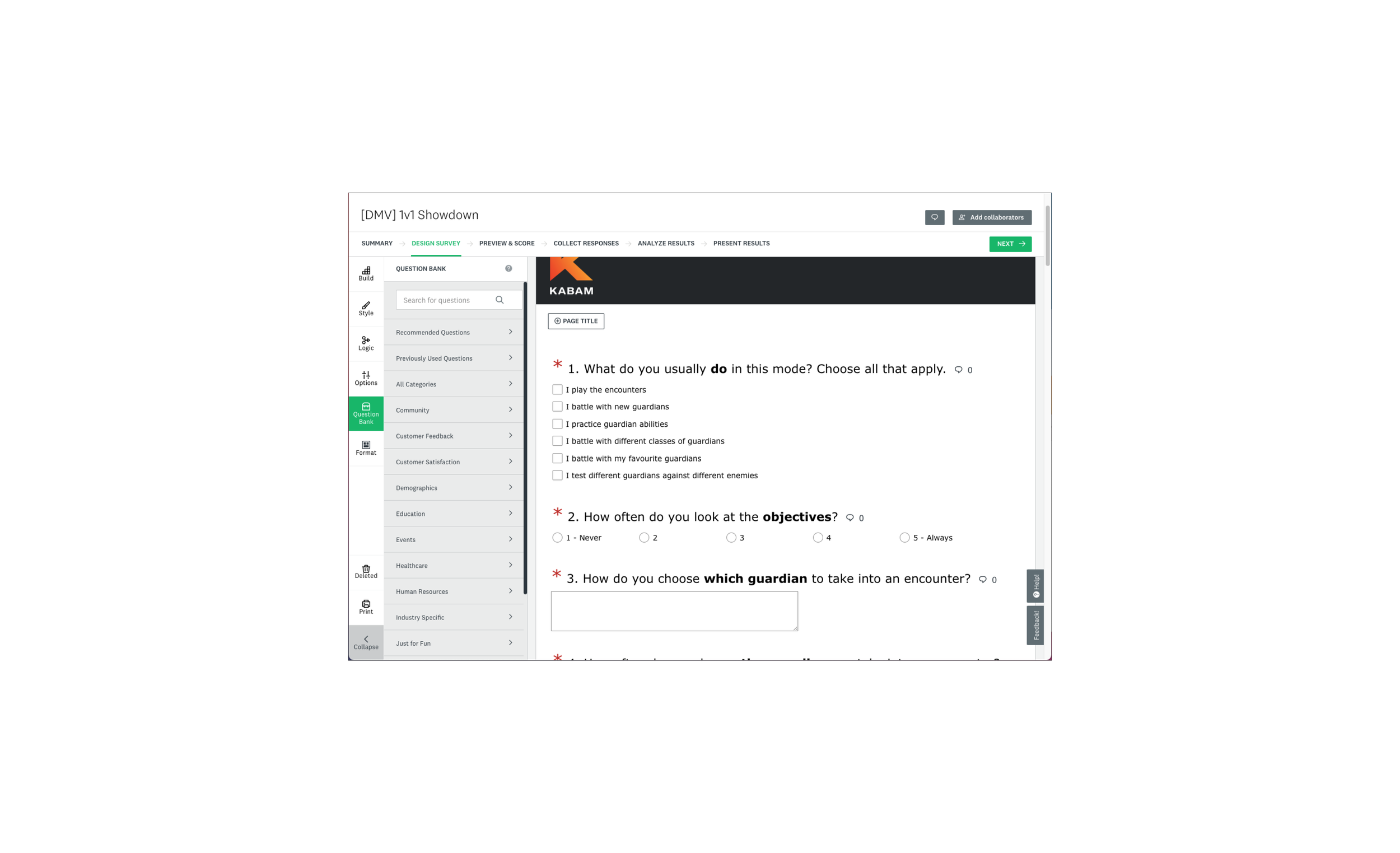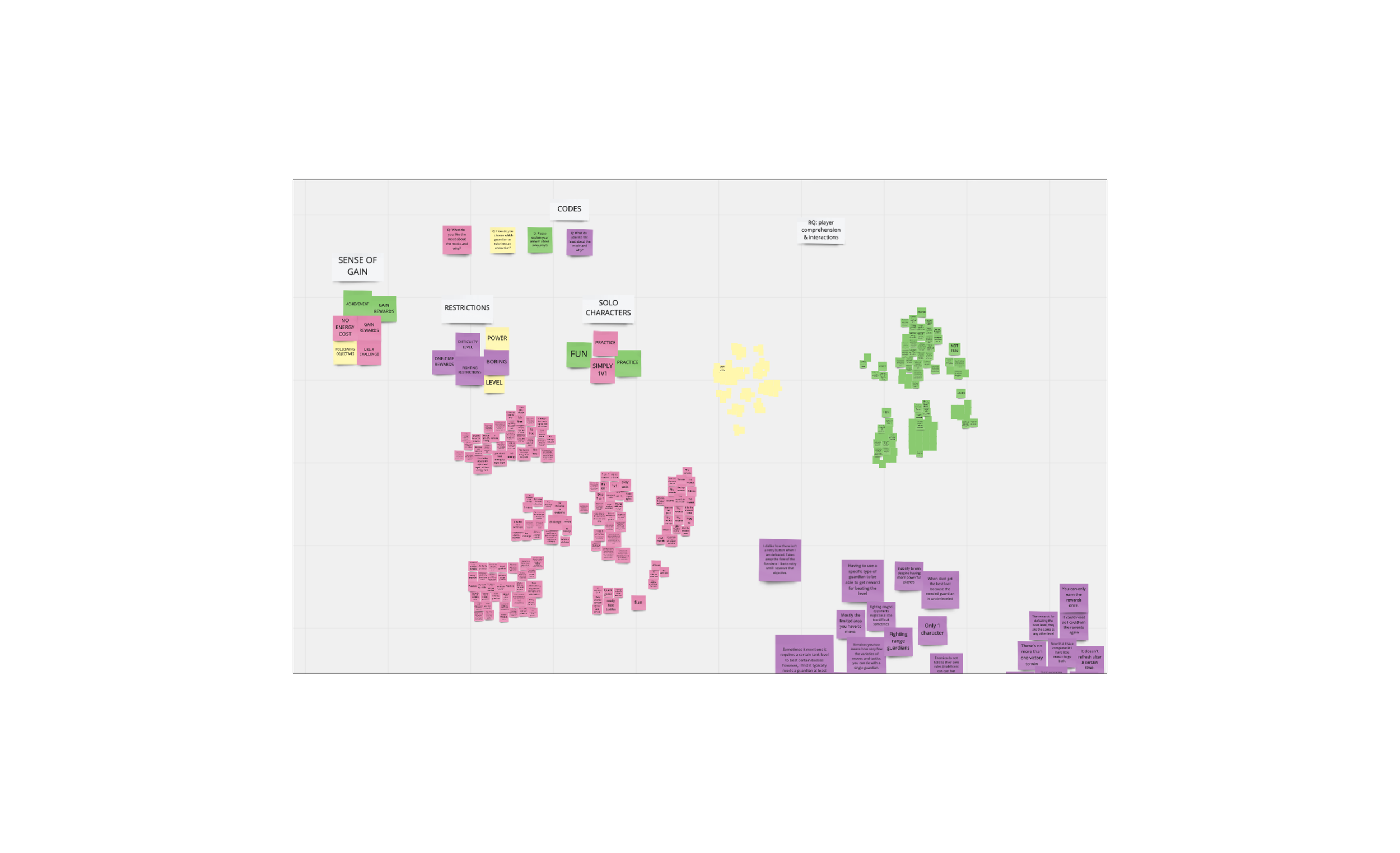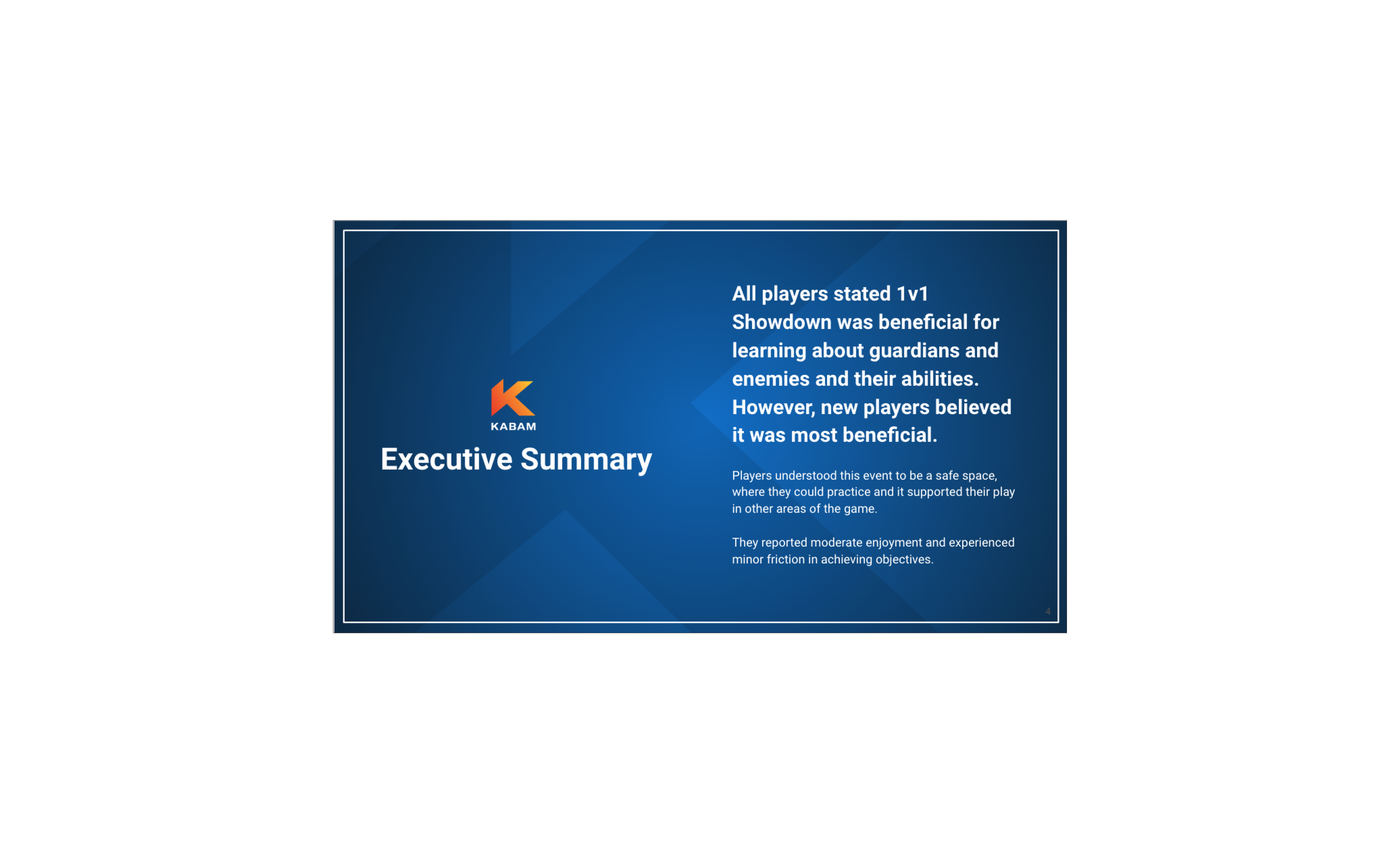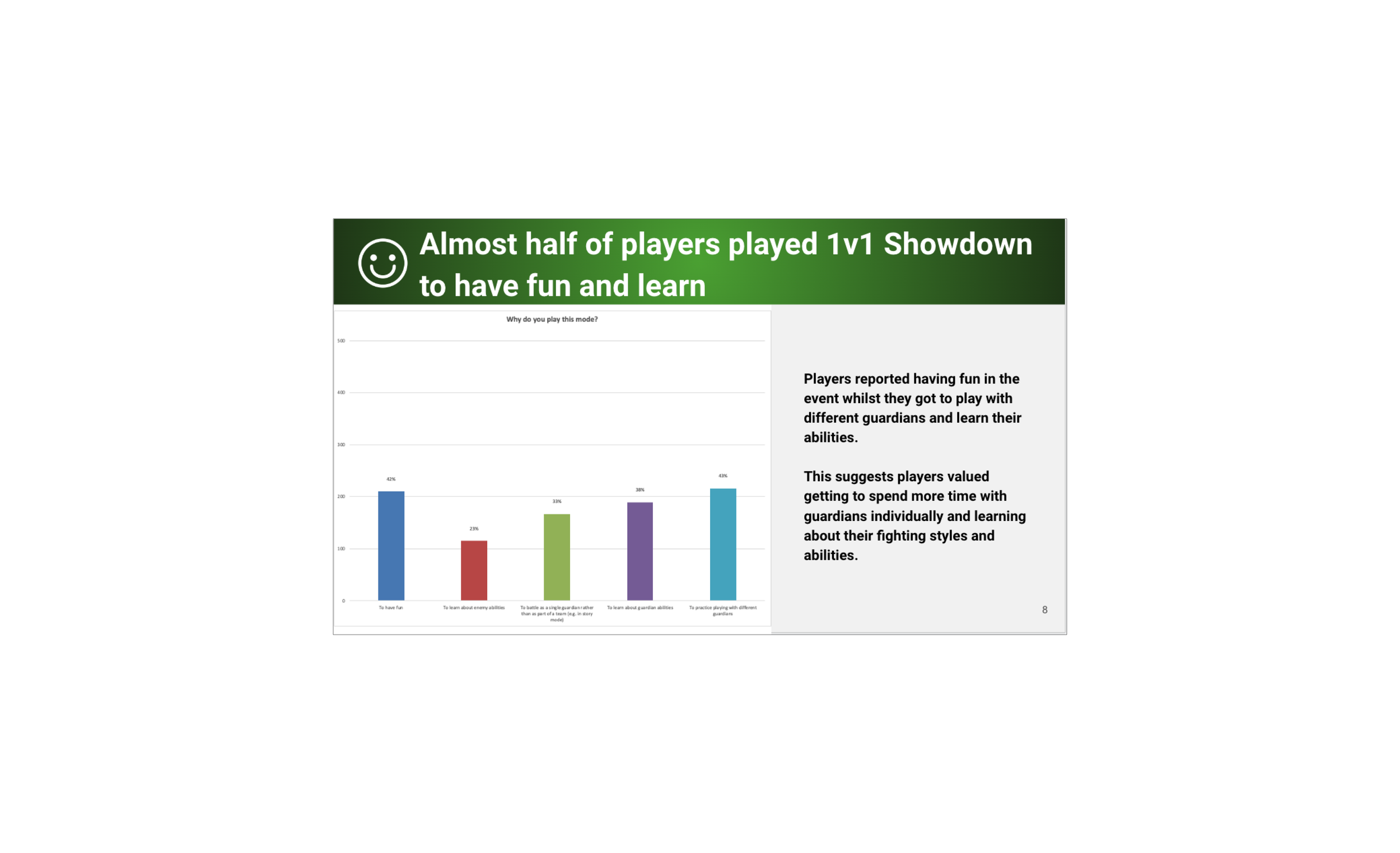Quantitative Survey Study
Kabam Games is an interactive entertainment company in Vancouver. While working there I had the opportunity to work for Disney Mirrorverse, a mobile game in collaboration with Disney that was featured on the App Store.
For this project I was tasked with evaluating player comprehension of the game's 1v1 mode and interactions.
Contribution
Coordinating, survey design, data-cleaning, descriptive statistics, communication, collaboration, presentation
